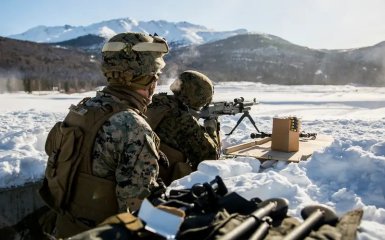Over the past few years, the US has been preparing its own military to dominate the Arctic.
What is known about the US preparations for the confrontation between Russia and China in the Arctic
The publication notes that such a step demonstrates the growing concern of the US about the actions of the Russian Federation and China in the Arctic.
In particular, Moscow and Beijing seek to expand their access to this region to conduct trade routes, use resources, and strengthen their military presence.
The authors of the material refer to the US Army's strategy for restoring dominance in the Arctic, published in 2021.
The document states that the rapid melting of sea ice in the Arctic Circle opens up new resource extraction opportunities, the construction of shipping routes, and commercial fishing.
Although the US has focused on its military presence in Alaska and its ability to project power into the Arctic since World War II, the peak of this focus was during the Cold War.
The US military hopes to restore its dominant presence in the Arctic region.
Part of this plan is increasing the military presence with partners such as Denmark and Canada.
With China's growing presence in the region and Russia's growing ambitions, military leaders say the US and its rivals must adapt.
The US is reinvesting in its cold-weather forces, focusing on building a presence and capacity sufficient to effectively deter conflict and training them to fight in contingencies if deterrence fails.
All land, internal waters, territorial seas, and the Exclusive Economic Zone in the Arctic are under the jurisdiction of one of the eight Arctic coastal states: Canada, Denmark (via Greenland), Finland, Iceland, Norway, Russia, Sweden, and the United States. International law governs this area, like other parts of the Earth.











